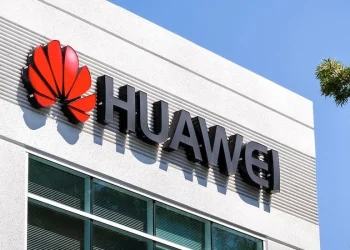Google has taken a decisive step toward eliminating one of the most persistent divides in mobile ecosystems. Quick Share, long the default file-sharing tool on Android, is now able to communicate directly with Apple’s AirDrop. The update rolls out first on the Pixel 10 series, marking the first time Android and iOS devices can exchange files natively without relying on cloud uploads, messaging apps or third-party tools.
How Google Made It Work
Google engineered its own implementation of the AirDrop protocol, allowing Android phones to initiate and receive peer-to-peer transfers with nearby iPhones. Everything happens locally. Files move directly between devices, never through external servers, preserving privacy and speed.
To send or receive a file, AirDrop visibility on the iPhone must be set to “Everyone for 10 minutes,” while the Pixel must have Quick Share enabled. The process flows both ways, enabling iPhones to send files back just as seamlessly.
A Practical Fix for Everyday Friction
For users, the change solves a simple, long-standing frustration: sharing high-quality photos, videos or documents across Android and iOS no longer requires tedious workarounds. The cross-platform barrier that once separated families, classrooms, workplaces and social groups is weaker than ever.
Quick Share’s compatibility also comes at a time when device ecosystems are under greater pressure to open up. By taking the initiative, Google positions Android as the more interoperable and user-centred platform.
A Security-First Approach
Google’s approach prioritises verification and protection. Transfers require users to confirm device names before accepting files, and the system uses secure, audited safeguards designed to prevent unintended sharing. By avoiding server relays, it also reduces the surface area for potential data exposure.
What Still Needs Work
The new capability is currently limited to Pixel 10 devices, with broader Android support expected later. On the Apple side, reliance on the temporary “Everyone for 10 minutes” visibility mode limits how seamless the experience can be. Full contact-based interoperability will require deeper cooperation or future protocol improvements.
Whether Apple embraces or resists this newfound openness remains to be seen, but the direction is unmistakable: users are demanding systems that work together, not in isolation.
A Step Toward a More Open Mobile Future
Quick Share’s expansion is changing how the industry thinks about platform boundaries. For the first time, Android and iPhone users can share files quickly, privately and locally. There are no compromises, no workaround apps, no brand loyalty barriers.
If this capability reaches more devices and matures further, it could become one of the most influential moves in reducing the Android–iOS divide, reshaping expectations for how modern devices interact.














